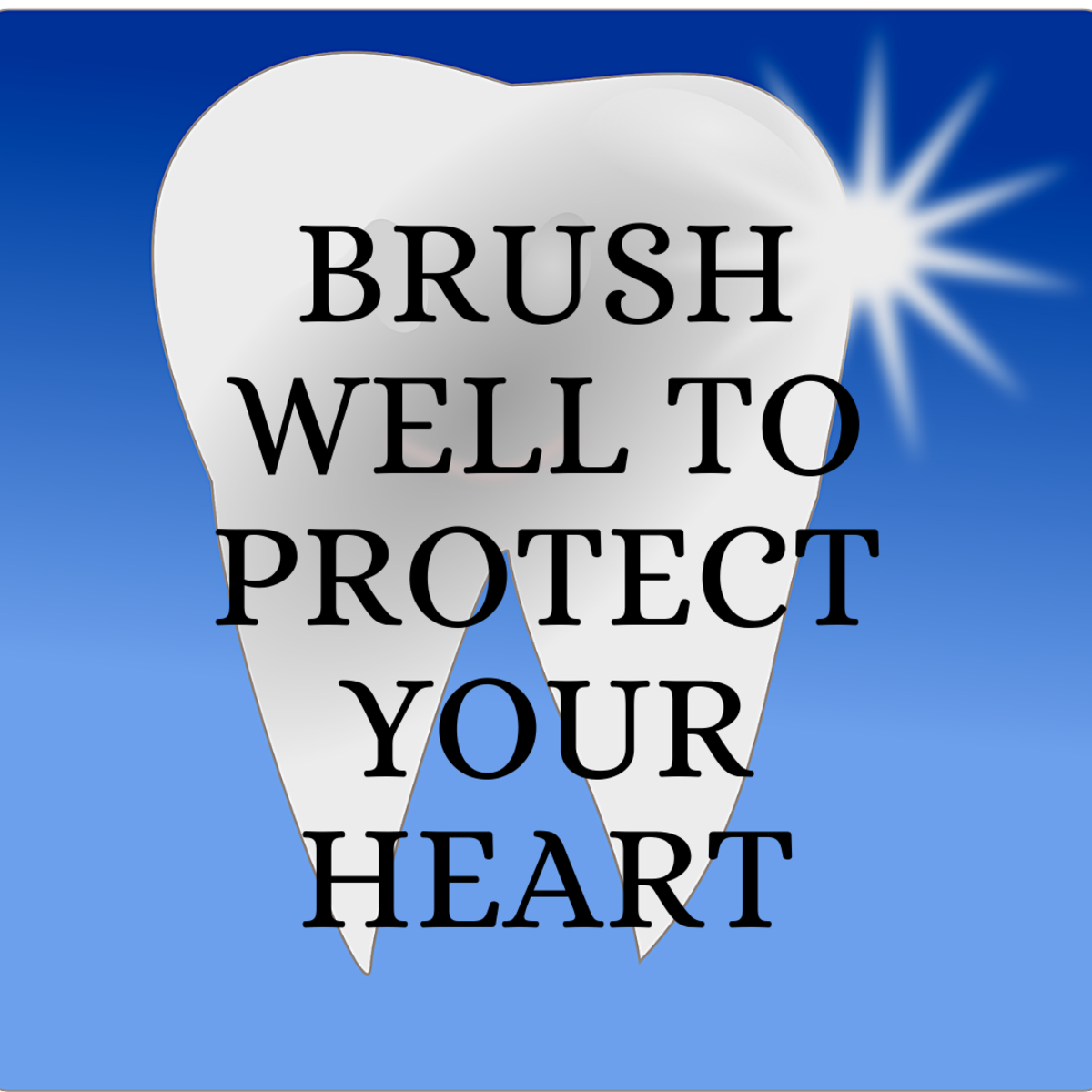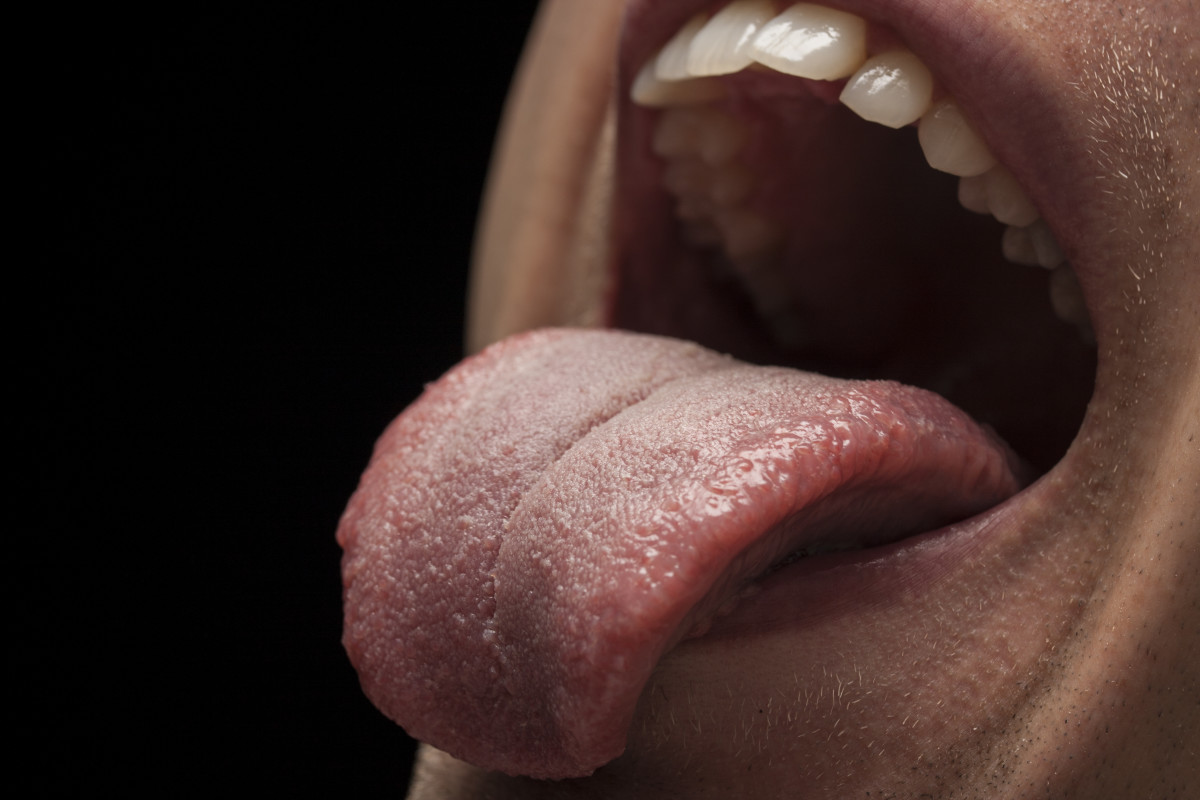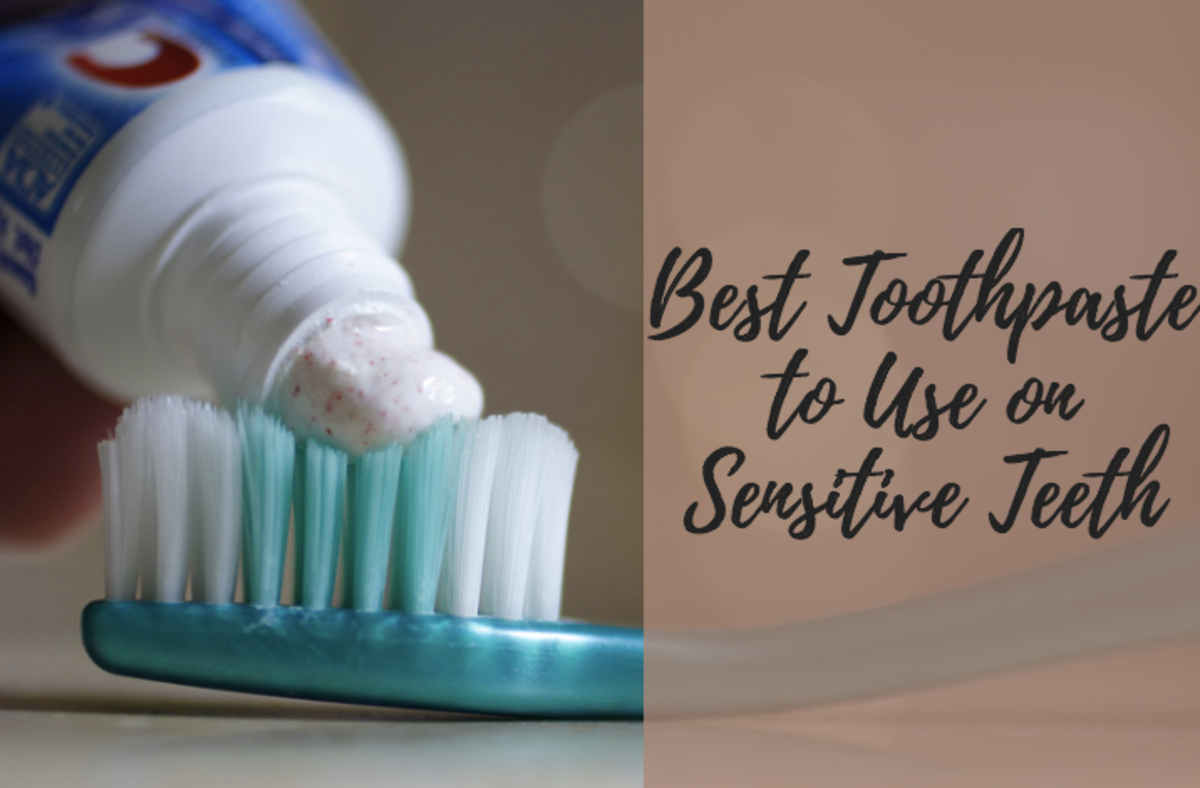How to Have Fresh Breath
How Not to Be Sniffed At
Bad breath can usually be traced to food eaten recently. Anything fishy, spicy (including onions, pastrami, hot peppers, salami, pepperoni, and our old friend, garlic) or fatty, especially milk products and meats, sets off a chemical reaction in the stomach that causes the lungs to secrete an odor.
Typically, the offensive odor lasts anywhere from 24 to 48 hours. Brushing your teeth and using a mouthwash might mask the odor temporarily, but it certainly won't take it away.
Gum diseases such as gingivitis and periodontitis can also cause bad breath. If you haven't already done so, develop good brushing and flossing habits. Brush your tongue in addition to your teeth and gums. Swish water around your mouth. Use only a mouthwash that does not contain alcohol. And if you smoke, bad breath is another reason for giving up this bad habit.
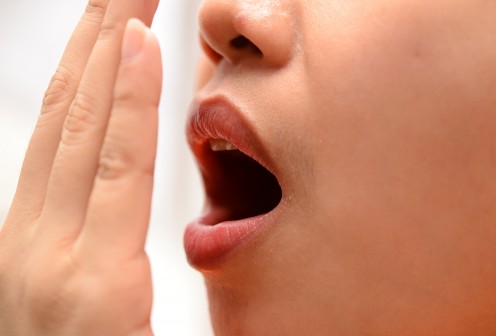
Chronic Halitosis
What if you're among the millions of men who suffer from chronic bad breath? How would you know? It's a good question to ponder on.
People who are on the receiving end of bad breath are generally loathe to mention it - even your spouse and your best friend would rather have you discover it for yourself. So try a little experiment. Take a cotton wool ball and rub it around your tongue, gums, and mouth. Now smell it. Do you feel like keeling over? If so, perhaps you've found the reason for all those unexplained cancelled dates and those hastily completed conversations.
About 90% of the time chronic bad breath is caused by a buildup of smelly bacteria at the back of the tongue, where most people forget to brush. What you smell is a volatile sulfur compound, the same stuff that makes rotten eggs smell bad. The bacteria love to hide and multiply in dark, hard-to reach places, which is why flossing is so important. Flossing removes the plaque and bacteria that grow in between the teeth, places which the toothbrush misses.
Make sure that you visit your dentist twice a year to get your teeth cleaned. Apart from anything else this will prevent gum disease, which is another common reason for bad breath. Leftover food particles become plaque and tartar in your mouth - bacteria that decay and cause bad breath.
In a healthy mouth, the dead cells normally sloughed off in the course of a day are shed into the saliva, swallowed, and digested without causing bad breath. In an unhealthy mouth, an overabundance of plaque decreases saliva, leaving you with a dry mouth and morning breath.
Dentists recommend this four-step breath-freshening routine for sufferers of bad breath.
- Get a good cleaning
- Floss daily
- Brush your teeth three times a day
- Use a tongue scraper
Breath-Fresheners
Breath fresheners, breath freshening sweets, and commercial mouthwashes are not useful for anything other than temporarily masking the odor. The products that fight rather than mask odor may only be available through dentists. Ask your dentist about them. Ideally, you want one that kills bacteria and neutralizes volatile sulfur compounds.
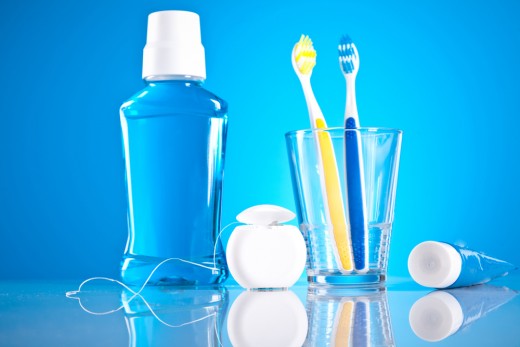
Other Causes Of Bad Breath
Sometimes bad breath is a genetic condition. This might require special mouth rinses and a more rigorous dental program that is only available through your dentist. Be aware, too, that smoking, certain illnesses such as diabetes and liver failure and medical treatments can cause chronic bad breath.
Your dentist is the best person to determine if yours is a medical or a genetic problem. Technological advances have equipped many dentists with a special instrument designed to measure the amount of volatile sulfur compounds in your mouth. It’s used to pinpoint your problem and monitor improvements.
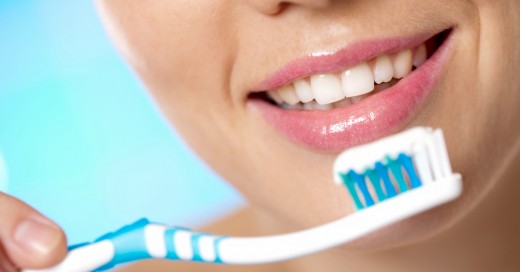
Is This What’s Behind Your Bad Breath?
Unless there's an illness or a genetic predisposition, the causes of bad breath are found mainly in the mouth. Here's an oral survey.
- Gum Disease: Gums become red, soft, and swollen, and often bleed. Caused by a large buildup of plaque and tartar at the gumline or by rough brushing or flossing.
- Tooth Decay: Bacteria eat away at a tooth. The decay is caused by plaque.
- Bacteria on the Tongue: The back of the tongue is where most people forget to brush, which is why it's the prime spot for a buildup of smelly bacteria.
- Food Fragments: Small pieces of food stuck between teeth are ripe for attack by odor producing bacteria.
- Plaque: A combination of food particles, bacteria, and saliva. It forms a microscopic film over teeth.
- Tartar: A hard substance that sticks between gums and teeth. It's what plaque turns into when you don't brush or floss adequately.
- Exhaled Breath: The breath from your lungs may be scented by cigarette smoke or by a recent fishy, onion-rich, fatty, or garlicky meal.

Five Tips for Better Breath
1. Rinse your mouth with 225ml of water mixed with 2.5ml of salt. Use as an emergency measure to fix a breath problem at work.
2. A teaspoon of baking soda mixed with a glass of water makes a good home-made breath freshener. You can also use baking soda mixed with water to brush your teeth.
3. Using a fluoride toothpaste, brush your teeth thoroughly (aim for three times a day), and include the back of your tongue and the roof of your mouth. Don't forget to floss. You should also get a regular dental checkup and a professional cleaning.
4. Equal parts of 3% hydrogen peroxide and water swished around in your mouth for about 30 seconds can help neutralize the acidic bacteria that contribute to bad breath. (Limit the use of hydrogen peroxide to two times a week)
5. Mouthwash, sugar-free mints, sweets, and breath fresheners will mask odor - but only temporarily. Chewing gum increases salivation and keeps the mouth fresh but the effect lasts only as long as you keep chewing.
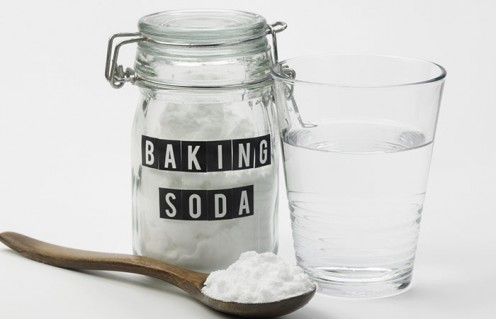
How To Floss Your Teeth
Flossing is an important part of dental hygiene: it removes the plaque that a toothbrush can't reach. There are literally dozens of types of floss on the market. All do a good job, so pick one you find easiest to use. Wide floss, which is also called dental tape, is good if you have wide spaces between your teeth or a lot of bridgework. Waxed floss is easier to slide between tight teeth than unwaxed floss. "Spongy" types of floss fray less than most other flosses.
1. Take a 45-cm (18-in) piece of floss and wind 15-20cm (6-8in) of it lightly around your middle finger, taking care not to cut off your circulation. Wind the rest of the floss around the same finger of your opposite hand. Hold the floss with your index fingers and your thumbs. Move about 2.5cm (1in) of the floss gently between your two front teeth, then make a C shape by bending the floss around one of your teeth.
2. Slide the floss between your teeth towards your gums, and go slightly under the gumline. Slide the floss up and down between your tooth and gumline, but don’t use a sawing motion. Remove the floss from between your front teeth and unwind another clean piece from one of your fingers. Place the floss between one of your front teeth and its neighbor, then repeat the procedure as above.

Oral Hygiene Poll
How Often Do You Brush?
© 2018 Shekar Nair

